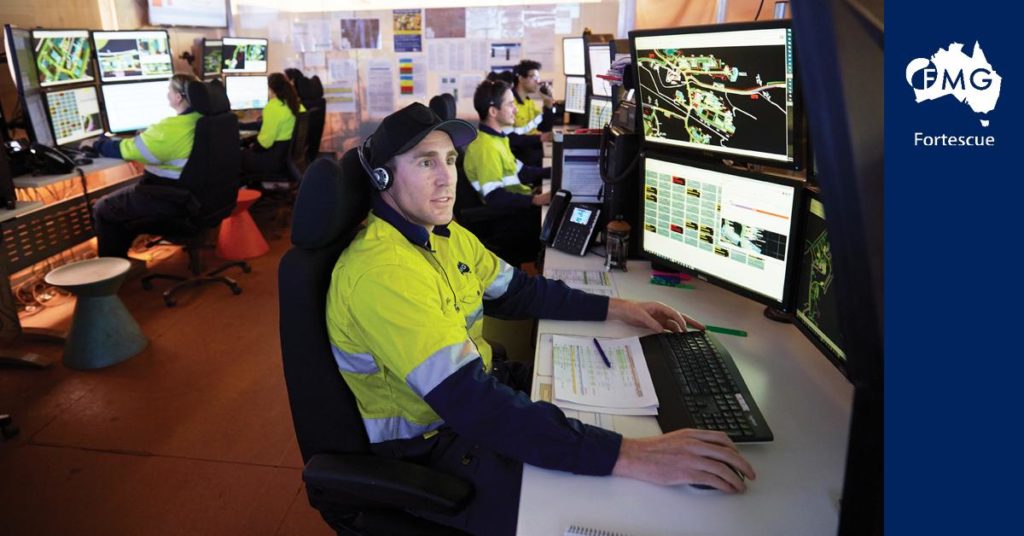Fortescue Metals Group has become the latest company to announce plans to achieve net zero operational emissions.
The goal, which the company aims to achieve by 2040, is core to Fortescue’s climate change strategy and is underpinned by a pathway to decarbonisation, it said. This includes the reduction of Scope 1 and 2 emissions from existing operations by 26% from 2020 levels, by 2030, it said.
Other miners such as Vale, BHP and Rio Tinto have all made similar pledges in the last year.
Fortescue Chief Executive Officer, Elizabeth Gaines, said: “Fortescue has a proud history of setting stretch targets and our 2030 emissions reduction commitment, together with our goal to achieve net zero operational emissions by 2040, positions Fortescue as a leader in addressing the global climate change challenge.
“Fortescue supports the Paris Agreement long-term goal of limiting global temperature rise to well below 2°C above pre-industrial levels, and our emissions reduction targets align with this international objective. Our success will be founded on practical initiatives that will allow us to deliver on our targets in an economically sustainable manner.”
Gaines said since October 2019, Fortescue and its partners have announced investments in excess of $800 million in significant energy infrastructure projects to increase its renewable energy supply. These will be a key contributor to its pathway to achieving the emissions reduction targets, she added.
This includes the Chichester Solar Gas Hybrid Project, announced with Alinta Energy in October 2019. Currently under construction, the project will include a 60 MW solar photovoltaic (PV) generation facility at the Chichester Hub, comprising Fortescue’s Christmas Creek and Cloudbreak mining operations. In addition, a circa-60 km transmission line will be built, with completion due mid-2021. This will link the Christmas Creek and Cloudbreak mining operations with Alinta Energy’s Newman gas-fired power station and 35 MW battery facility.
Another major investment is the $700 million Pilbara Energy Connect (PEC) program. This includes the $250 million Pilbara Transmission project, consisting of 275 km of high voltage transmission lines connecting Fortescue’s mine sites, and the $450 million Pilbara Generation project, comprising 150 MW of gas-fired generation, together with 150 MW of solar PV generation and large-scale battery storage. “The PEC project leverages existing assets and provides Fortescue with a hybrid solar gas energy solution that enables the delivery of stable, low cost power and supports the incorporation of additional large-scale renewable energy in the future,” the company says.
These two initiatives, together, will deliver 25-30% of Fortescue’s stationary energy requirements from solar power, according to Gaines.
Gaines added: “Mining is one of the most innovative industries in the world and Fortescue is harnessing this technology and capability to achieve carbon neutrality with a sense of urgency. In addition to the development of gas technology and renewables for our stationary energy requirements, we are working towards decarbonising our mobile fleet through the next phase of hydrogen and battery-electric energy solutions.”
In terms of hydrogen, Fortescue, in 2018, signed a partnership agreement with the CSIRO to develop its metal membrane technology, which provides the potential for the bulk transportation of hydrogen through ammonia.
Emissions data and performance against targets will be reported annually as part of Fortescue’s annual reporting suite, the company said. Baseline and annual emissions data will be calculated on a financial year basis.
While not included in the existing operations calculation, Iron Bridge – due to commence operation by mid-2022 – is likely to come with emissions reduction targets that align with Fortescue’s goal to achieve net zero operational emissions by 2040, the company said.











